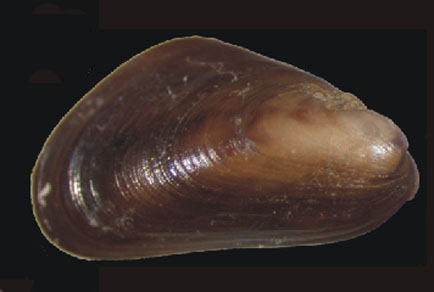Abstract
Sinomytilus harmandi occurs in the lakes and rivers of Indochina, notably in Cambodia, Laos, Thailand and Vietnam and, again notably, the Mekong River and its myriad tributaries. Hitherto, this species and its four junior synonyms have been examined only superficially. Because of an interior shell septum, S. harmandi was originally assigned to the Dreissenidae (Bivalvia: Heterodonta), an anatomically distinct family naturally restricted to Europe and the Americas. In addition to S. harmandi, a secondspecies of mytilid mussel, Limnoperna fortunei, also occurs in Asian freshwater systems and both belong to the Mytilidae (Pteriomorphia), as demonstrated in this study for S. harmandi and elsewhere for L. fortunei. Sinomytilus harmandi is likely endemic to the Mekong River where it is sympatric with L. fortunei, the latter species being widely distributed in Indochina, south of and including the Yangtse River in China. Limnoperna fortunei is a highly opportunistic species that has been introduced into many locations outside its mainland Chinese borders, for example, Japan, Taiwan and South America. We suggest the possibility that L. fortunei has also been introduced into tropical Indochina from China. Because L. fortunei has a Devonian (~345-395 mya) modioline ancestry and S. harmandi is derived from a Permo-Trias (~265–225 mya) ancient mytiline ancestor it appears that Asian freshwater systems have been colonized by representatives of the Mytilidae on two separate temporal occasions.

